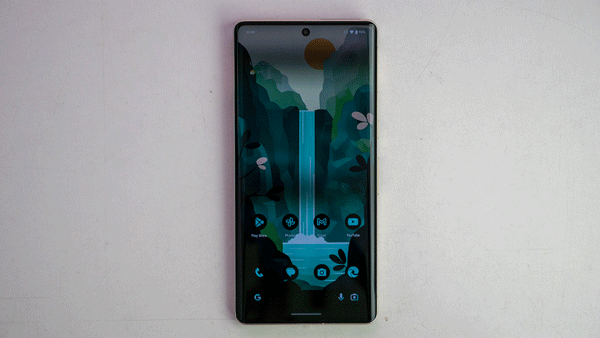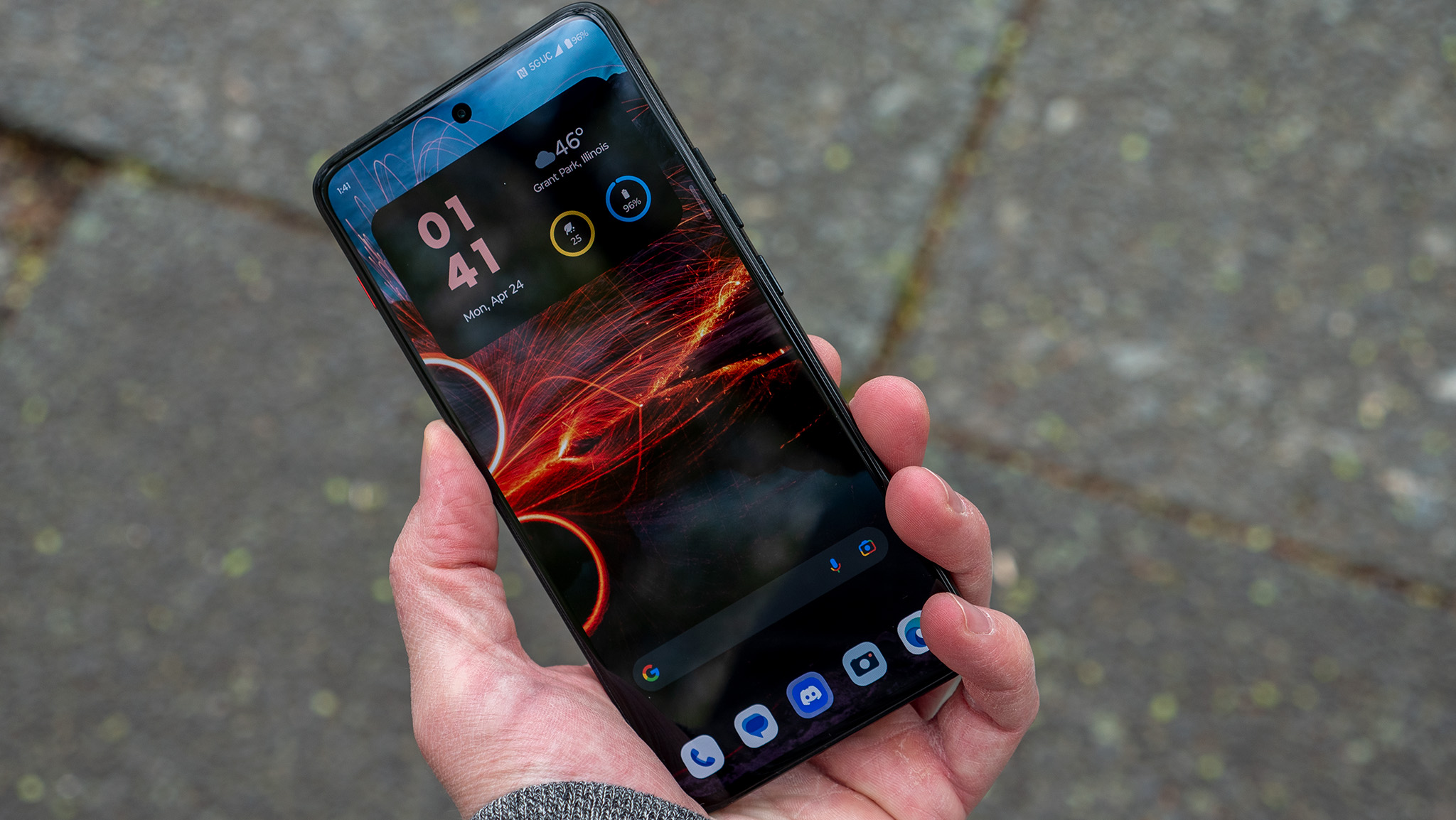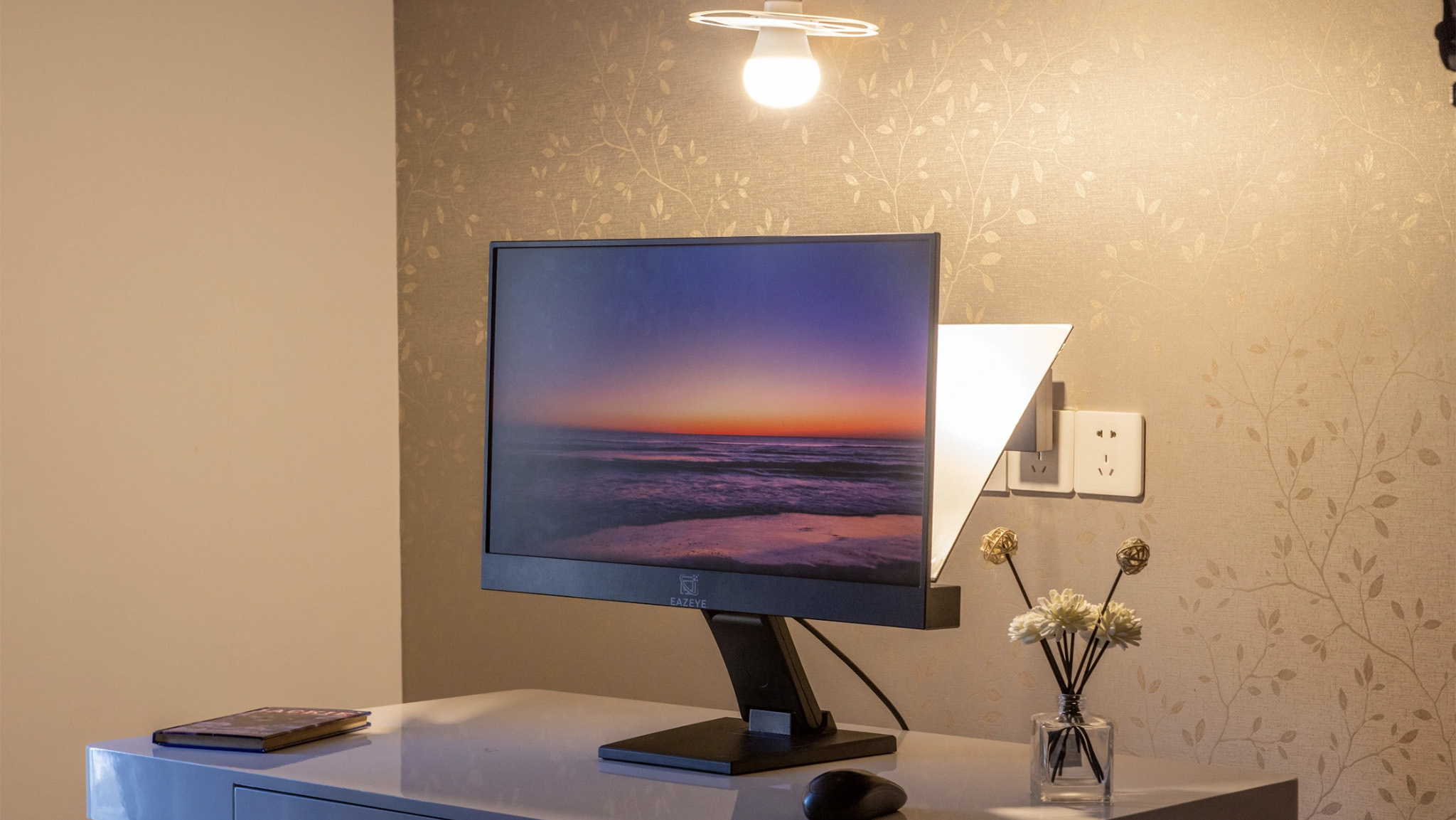
It all began one day when I was playing Fortnite with my wife and my son. I was using a Samsung Galaxy Z Fold 4 with my favorite mobile controller — the GameSir X2 — and I noticed my eyes ached after playing for an hour or so. I had just turned 37 two months prior and knew that as I got closer to that magical age of 40, things like this would just start happening.
I told myself that it must just finally be time to get glasses. Can't have perfect vision forever but, as it turns out, my issues had nothing to do with focusing on something close or far away from my face. It all had to do with the type of display I was staring at.
Over the past four months, the problem started getting worse. My eyes would start to ache sooner and sooner and, as of a few weeks ago, I started getting nauseous just *looking* at my phone. It got to the point where I couldn't use my phone for more than 30 seconds without feeling sick and I knew I had to figure this out as fast as possible.
The problem is, there's no easy fix for everyone suffering from this issue, even if I found a bandaid for the time being. If you've been suffering from random headaches, bouts of nausea, or general eye strain after looking at your phone, you might be a lot like me.
What is PWM and why are some people sensitive?

As a huge proponent of OLED displays on smartphones, I was dismayed to find out that my preferred display type was quickly becoming my worst enemy. The issue in question is something called PWM sensitivity — PWM stands for Pulse-Width Modulation — and it has to do with how digital displays dim themselves when operating at below 100% brightness.
In a very simplified fashion, here's what happens. At 100% brightness, all pixels on an OLED display that aren't displaying true black are illuminated. As the display dims itself — usually done automatically on most people's phones as they walk into dark or lighter areas — you might be surprised to find that the pixels don't actually reduce brightness. Any illuminated pixels are always at 100% brightness.
Displays alternate bright and dim sections to fool human brains into thinking a display is dimmer than it actually is.
This is a display made up of light-emitting diodes, after all. They're generally on or off. There is no in-between state.
Instead, it begins to alternate imperceptible lines of completely off pixels running down the entire display. If you're at 50% brightness, for instance, 50% of the display is actually covered in completely on pixels while the other 50% is covered in completely off pixels, each section alternating at extremely high speeds.
The GIF below showcases what PWM dimming looks like on a Google Pixel 7 Pro at roughly 40% brightness.

As the darker sections increase in size, your eyes get tricked and your brain combines the light and dark lines into one "dimmer" display. Think of how a flip book of sketches works and you'll imagine a similar effect.
How does someone like me fix a problem like this? Unfortunately, it's not quite as "easy" as going to the optometrist and getting a pair of glasses. My vision is still 20/20 and there's quite literally nothing wrong with my eyes, despite what some customer service reps from companies might suggest.
Most modern smartphones use PWM dimming rates at or below 240 Hz which is causing PWM sensitivity to occur.
As I delved deeper and deeper into the rabbit hole, I quickly found out I wasn't alone. This problem is something that's been brewing over the years but has only gotten worse as display manufacturers like Samsung continually reduce the dimming frequency rate of the display.
Most modern smartphones that use PWM dimming have dropped the PWM dimming rate to 240 Hz which — based on my own research over the past few weeks — is detrimental to anyone with PWM sensitivity. In fact, it seems that most PWM-sensitive folks need to use a display with a PWM dimming rate of at least 500 Hz.
The higher that number is, the less often you'll find someone complaining about being uncomfortable or sick.
The quick bandaid is to leave your phone's brightness at 100% at all times — obviously, not an ideal solution.
The quick bandaid is to leave your phone's brightness at 100% at all times. Obviously, this isn't ideal as it means your phone will almost certainly feel like it's blinding you in a dark room but, until phone OEMs start changing things, this is the fastest solution.
It's why I've been using the ThinkPhone by Motorola for the past few weeks which has an OLED display with a 720 Hz PWM dimming rate. That way I can leave adaptive brightness on and still go about my day mostly headache-free.
It's not just OLED

Surfing around forums and subreddits dedicated to PWM sensitivity, I've found that many people tend to blame OLED for their PWM sensitivity issues and yearn for the days of LCD phones.
While it's true that some LCD phones use DC dimming instead of PWM dimming — DC dimming actually lowers the brightness of an LCD backlight instead of flickering it on and off — there are several things phone manufacturers can do to eliminate PWM sensitivity while still using OLED displays.
A lower PWM dimming rate helps reduce OLED burn-in but makes some users very sick in the process.
In the TV market, companies like Sony and LG make their OLED TVs without PWM dimming. This results in a perfectly flicker-free display but, unfortunately for OLED owners, increases the chances that permanent burn-in could occur.
Turns out, one of the reasons companies like Samsung have become so aggressive with lowering PWM frequency is that it helps cycle out OLED pixels which, in turn, reduces burn-in. Ironically, Samsung uses PWM on its QLED TVs even though those types of TVs aren't supposed to suffer from potential burn-in.
Even TCL LCD TVs (like the one I use as a monitor) use a ridiculously low PWM rate of 120 Hz to dim their backlight and some users have reported developing PWM sensitivity because of this.
Even TCL LCD and Samsung QLED TVs use a ridiculously low PWM rate of 120 Hz to dim their backlight.
Even if using a phone with an LCD was an actual solution, no high-end phones in 2023 use LCD. Many of the best cheap phones use LCD but, as you might guess, those phones don't feature the super high-quality cameras or performance of their more expensive OLED counterparts.
Creating a solution

So that leads me to my next question. Why in the world aren't companies like Samsung Display aware of this issue, and what's it going to take to change things? Some solutions like Eazeye solve this in extreme ways by using natural lighting as a backlight, but I have a better — albeit, longer-term — solution.
Noise. Lots and lots of noise.
If you're suffering from headaches, bouts of nausea, or eye strain after looking at your phone, try jacking the brightness up to 100% for a few days and see if that helps. If it does, let us know and let your phone and carrier's customer service team know, too.
Phones don't have to use low PWM dimming rates but the most popular Galaxy and iPhone models, unfortunately, do.
Displays don't have to use PWM at such a low frequency. Several Motorola phones, including the Edge 30 series and Razr 2022 all use PWM above 700 Hz. Motorola even sports a flicker reduction option in the display settings, making them one of the most PWM-sensitive-friendly smartphone companies on the market.
Meanwhile, phones like the Samsung Galaxy S23 Ultra and iPhone 14 Pro Max are among the worst offenders on the market with a PWM frequency of just 240 Hz. These phones quite literally make me want to throw up within 30 seconds of looking at one, but it doesn't have to be this way.
As one Reddit user put it, "I got the S23 Ultra and after a week can't use it anymore." That's a huge, huge problem.
And while the iPhone 14 Pro Max is a horrendous offender here, the smaller iPhone 14 isn't thanks to a much lower flicker rate.
In my correspondence with several different companies, most spokespeople had never been asked questions about PWM dimming frequency before and, to be fair, I had never heard of the issue before I began my research about a month ago.
If I'm learning anything here, it's that most smartphone OEMs have no idea this problem exists and the results are phones with inconsistent results.
We reached out to Samsung, but did not hear back in time for publication.
Motorola ranks among the most PWM-sensitive-friendly smartphone OEMs despite using OLED thanks to flicker-reduction options.
Oddly enough, now that my wife switched from a Galaxy Z Flip 4 — which uses a paltry 120 Hz PWM dimming frequency — to the S23 Ultra, she's started having random headaches and bouts of nausea, too. And no, in case you were wondering, she isn't pregnant.
Samsung, Apple, I know you're listening. You can do better and you absolutely must for the sake of your customers. Even if it's just adding an accessibility option to adjust PWM frequency for users who are susceptible to PWM sickness, there's a real subset of customers who cannot properly use your products because of the displays.
For this reason, I'll be including PWM dimming comments in every phone review I conduct from here on out.
There's even a change.org petition asking Apple to get rid of image dithering and PWM on its phones. This needs to happen and it needs to happen now, before more people end up feeling like garbage on a daily basis and not understanding why.
Phone deals: Best Buy | Walmart | Samsung | Amazon | Verizon | AT&T







